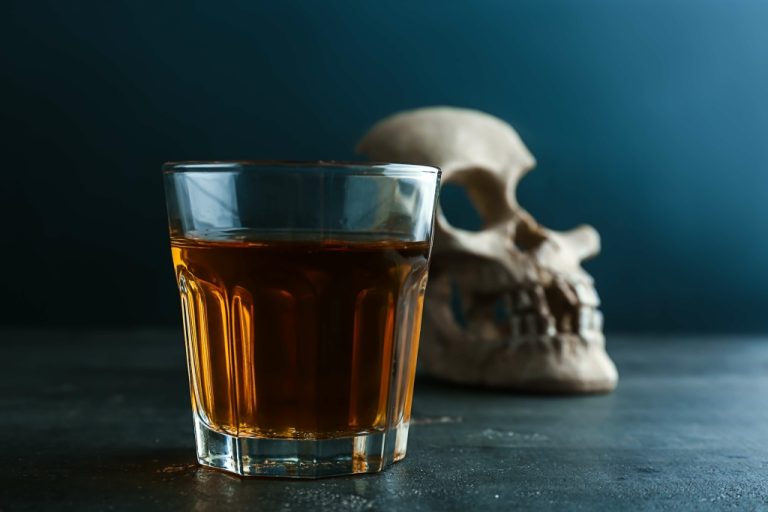Long Term Drug Rehab VS Short Term Rehab: Which Is Better?
Content
These therapeutic communities help individuals stay connected with others in recovery, stay accountable to their sobriety, and obtain support when needed. Alcohol rehab aftercare involving therapeutic community interventions relies on the community members in recovery to help newly sober individuals stay on the right track. When it comes to alcohol and drug addiction Top 5 Questions to Ask Yourself When Choosing Sober House treatment, a tailored approach to recovery is essential. Look for a facility that offers individualized care, not a one-size-fits-all approach to recovery. As you progress through detox and therapy, your care plan should be altered to address the issues you are currently encountering, and to provide you with the best foundation for long-term sobriety.
What is the purpose of rehabilitation?
Rehabilitation helps a child, adult or older person to be as independent as possible in everyday activities and enables participation in education, work, recreation and meaningful life roles such as taking care of family.
This reinforces the need for a longer rehab time as therapeutic communities’ 30% success rates are primarily those that finish the extended programs. After the first two weeks, acute withdrawal symptoms set in and can stay with the person for two or three months. Throughout the first month or so, cravings will gradually decrease after the acute withdrawal symptoms have subsided. Between months two and four of sobriety, people typically “hit a wall” where depression overcomes the individual, often causing cravings to return. Full insurance coverage may not extend to a sixty-day rehab program, but most treatment facilities allow payment in smaller monthly installments. So it shouldn’t come as a surprise that the answer to “how long is treatment,” is that it differs from person to person.
How Long Does Rehab Last for Drugs?
Contact Lakeview Health now at [Direct] for more information about program duration and rehabilitation designed to treat the individual for healthiest recovery from detox through lifelong sobriety. Experts say that it takes around 12 weeks for the brain to get rewired after addiction. Therefore, a 12-week or 90-day rehab program is the ideal length of rehab to adjust to life without drugs or alcohol. It is important to understand that there is no single length of rehab that works for everyone. Therefore, as expected, their recovery from addiction is different from anyone else’s journey through drug or alcohol rehab. While in an IOP program, a job can be maintained with minimal interruptions from addiction treatment.
How many reps for rehab?
Understand that the typical individual in the rehab category can see wild swings in strength and exercise tolerance, and some days a rep range of 20-25 is easy and other days a rep range of 5-10 is devastatingly hard – both with the same resistance. This is due to recovery and healing and is perfectly fine!
Many people find that these symptoms build until they peak around the two-week mark. Between days three and five, the most severe symptoms have usually subsided. Though diarrhea typically stops around this time, the patient will still experience chills, goosebumps, and vomiting, as well as abdominal cramping. As one can see, the combination of symptoms experienced during opiate withdrawals tends to present much like those of the flu.
Misconceptions About Rehab Treatments
When you first engage with addiction treatment for alcohol use disorder, it may not be immediately clear how long you need to stay in rehab for. 30-day treatment programs are a great starting point for sustained recovery. To preface today’s guide to the duration of different types of addiction treatment, a simple piece of guidance.
On the other hand, the latter can range from 60 to 90 days, depending on the severity of the addiction. On average, addiction specialists recommend staying inside the rehab facility for about 28 days. Unlike in movies, real-life treatment centers offer an accommodating and safe environment for a patients’ journey to recovery. Normally, the longer the treatment, the higher the chance of treatment success regardless of what type of program is employed. In fact, the National Institute on Drug Abuse (NIDA) reveals that patients are more successful in their addiction recovery when they undergo a 90-day or longer treatment program. Moreover, the NIDA also recommends longer stays to maintain and ensure sobriety in the long run.
Thriving in Sobriety: 7 Tips to Cure Boredom in Recovery
Because of that, they need to know the length of rehab to make arrangements while they receive treatment. Outpatient care normally lasts from 1 to 6 months if you’re looking for a rough estimate of the treatment timeline. Detoxing from meth is unpleasant, and the withdrawal symptoms are extremely uncomfortable.

Outpatient treatment may be recommended after inpatient treatment, but it can be the primary treatment setting as well. The length of stay can also be determined by how much time you need in detox and individual and group therapy, as well as how long you participate in aftercare services. Calls to our general hotline may be answered by private treatment providers. We may be paid a fee for marketing or advertising by organizations that can assist with treating people with substance use disorders.
Of the three treatment options listed above, a ninety-day program is the one with the highest success rates. People have time not only to look at their addiction in-depth, but also benefit from regular and sustained counseling and therapy. However, drugs often take longer to leave a person’s system than alcohol, and the effect of substance abuse on brain chemistry may also take longer to wear off.

